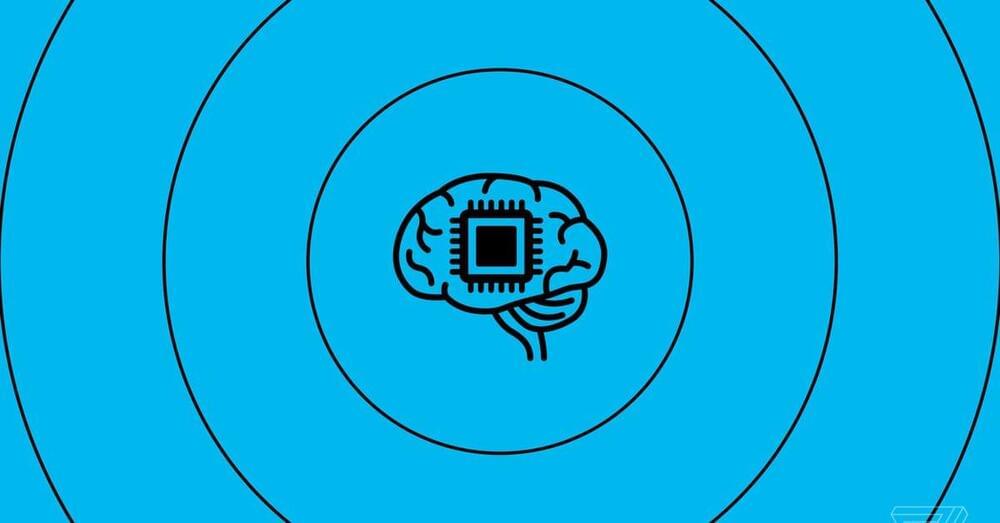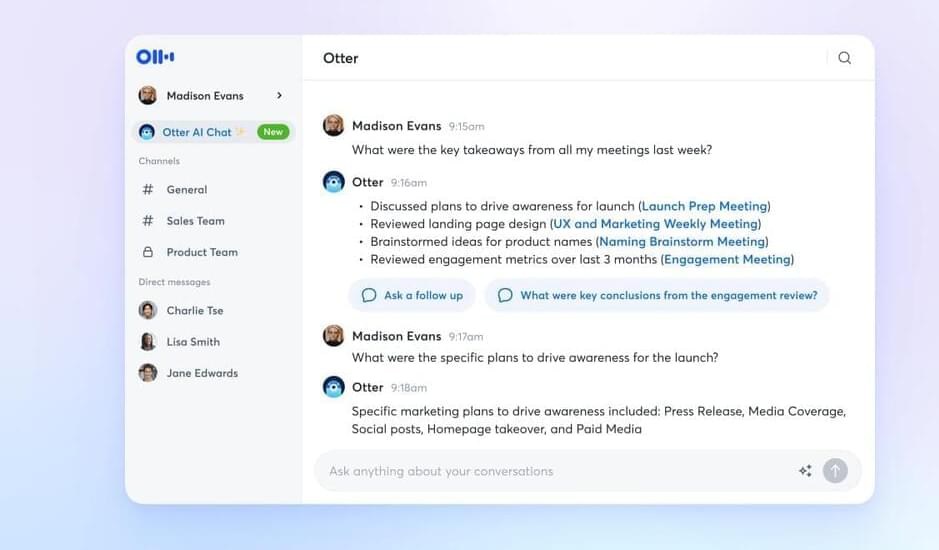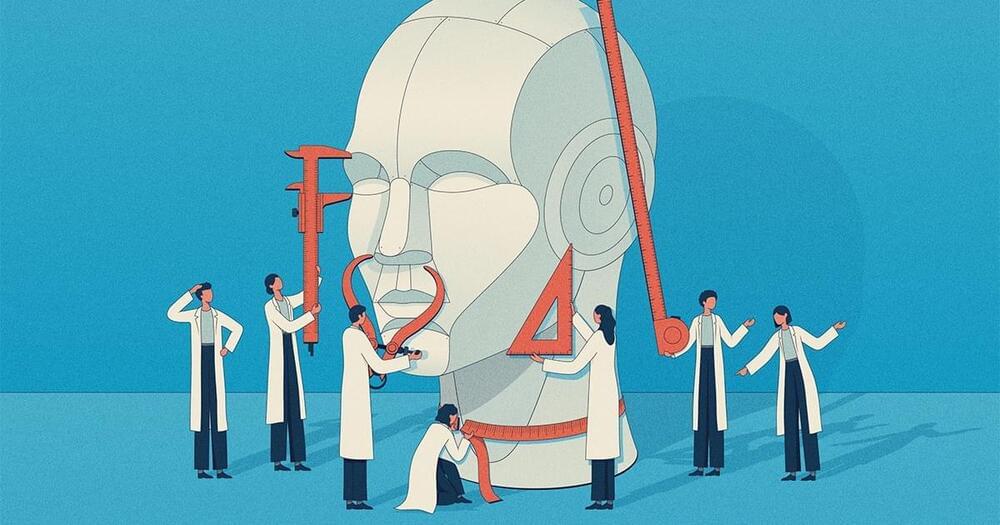Apple’s Vision Pro may have dazzled the world with its stunning display and sleek design, but not everyone is convinced it’s the best headset on the market. One of its biggest rivals, Meta CEO Mark Zuckerberg, has some pinching words for the device and its maker.
So why is Quest 3 a better overall product according to Zuck?
Zuckerberg took to Instagram on Tuesday to share his thoughts on the Vision Pro, which he tried out for himself. He compared it to Meta’s Quest 3, the latest version of the popular standalone VR headset. He filmed the video using the Quest 3’s video passthrough feature, which lets users see the real world in color through the headset’s cameras.








